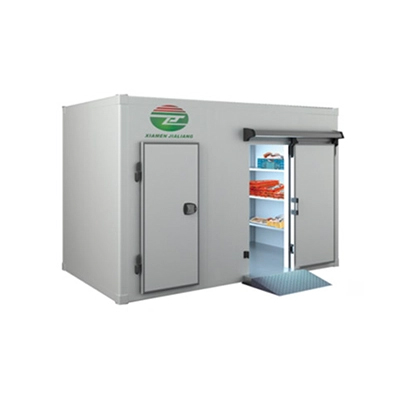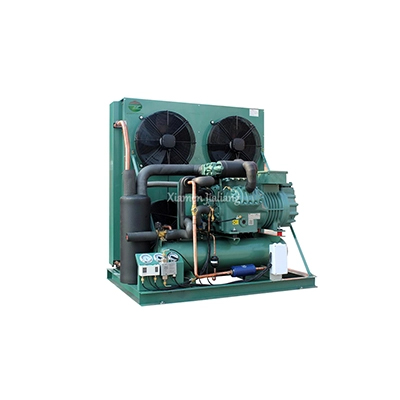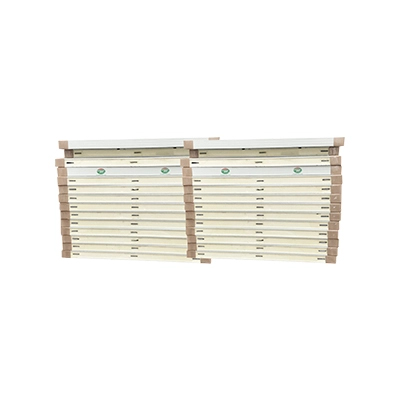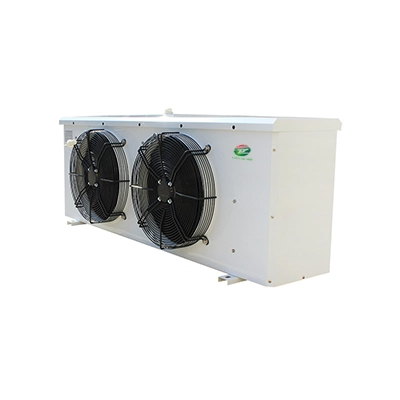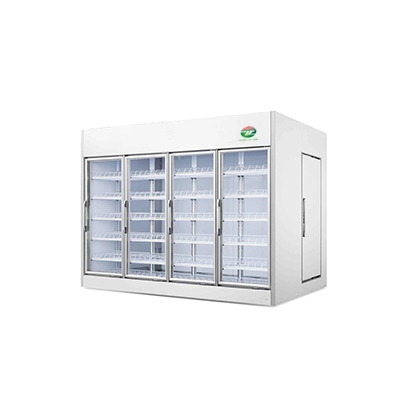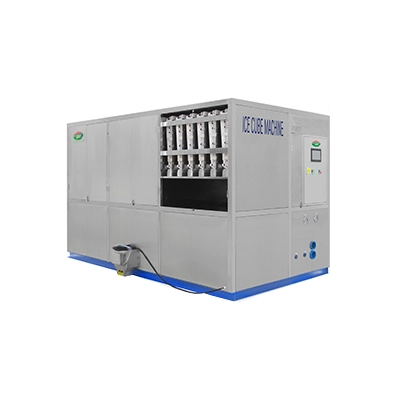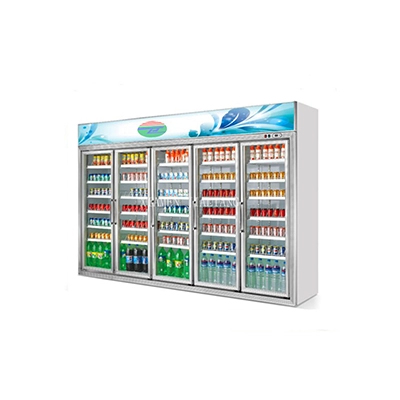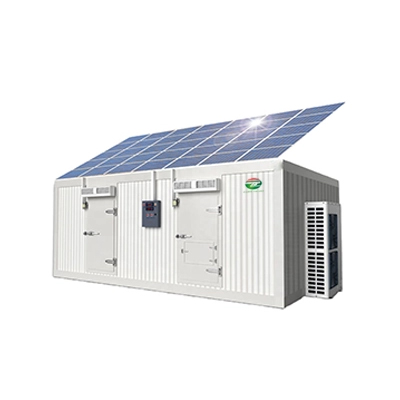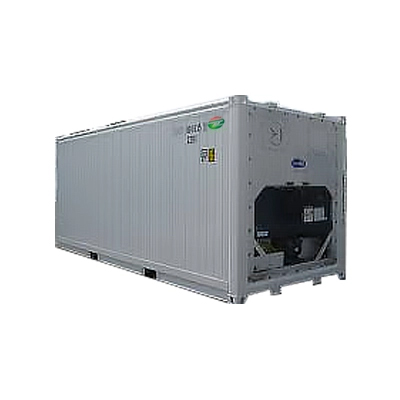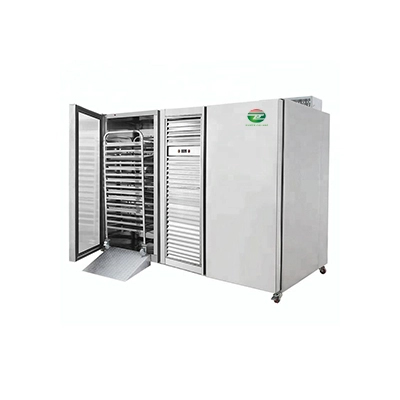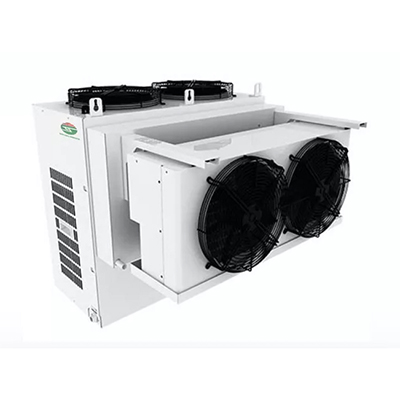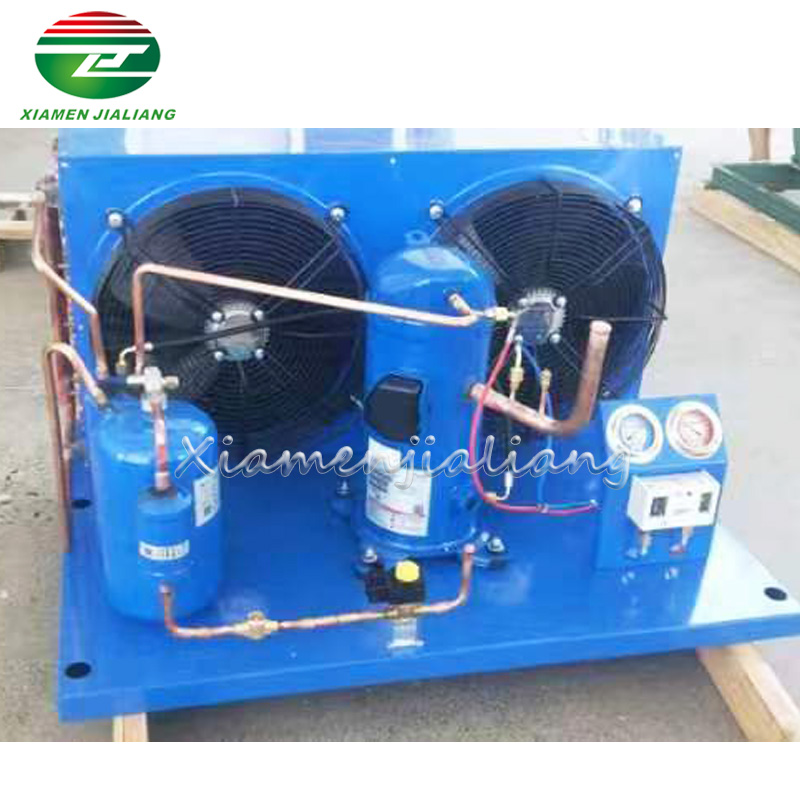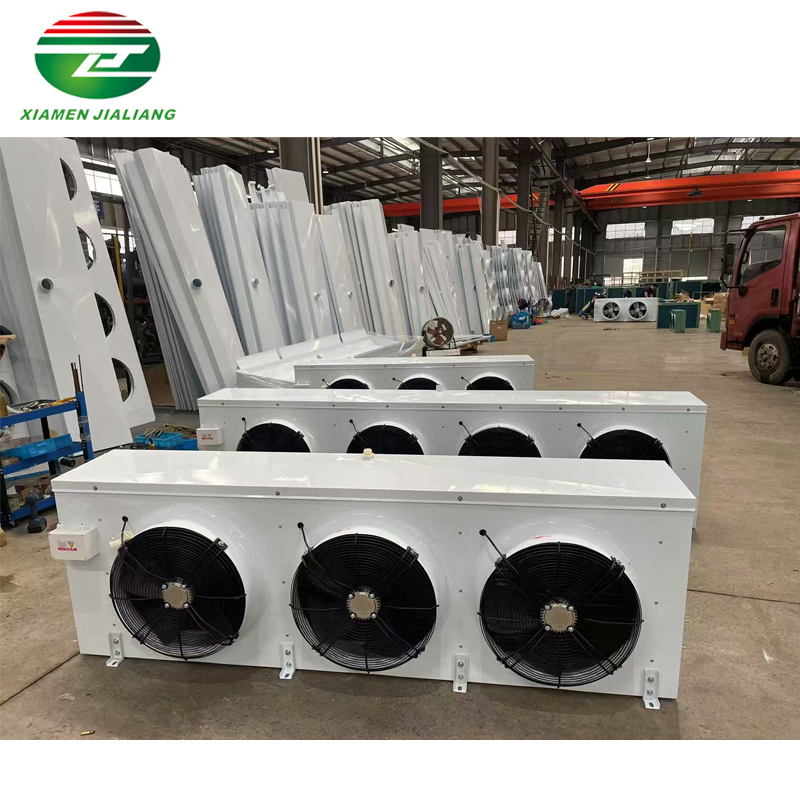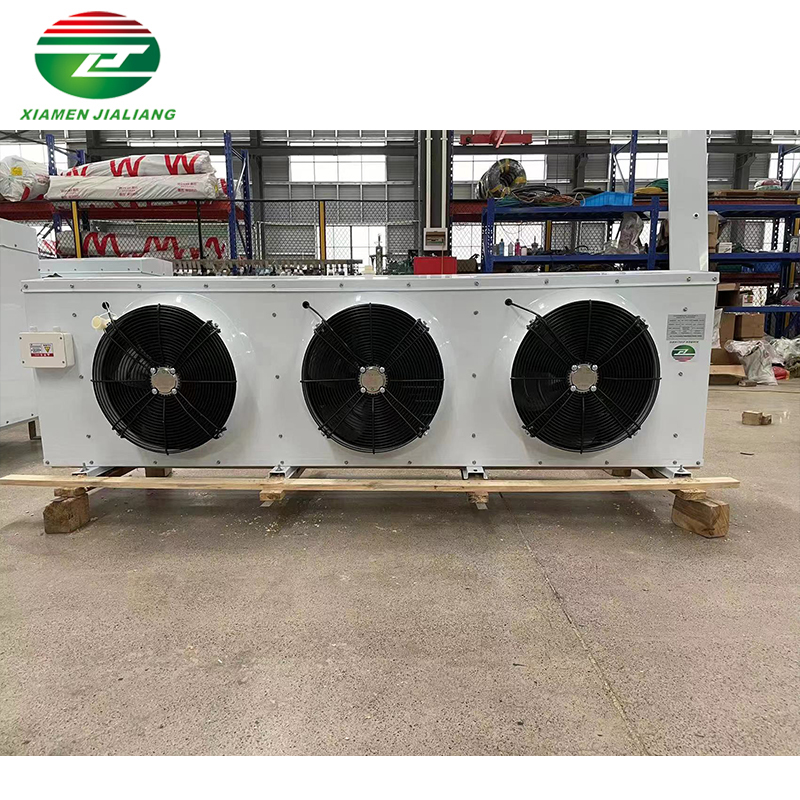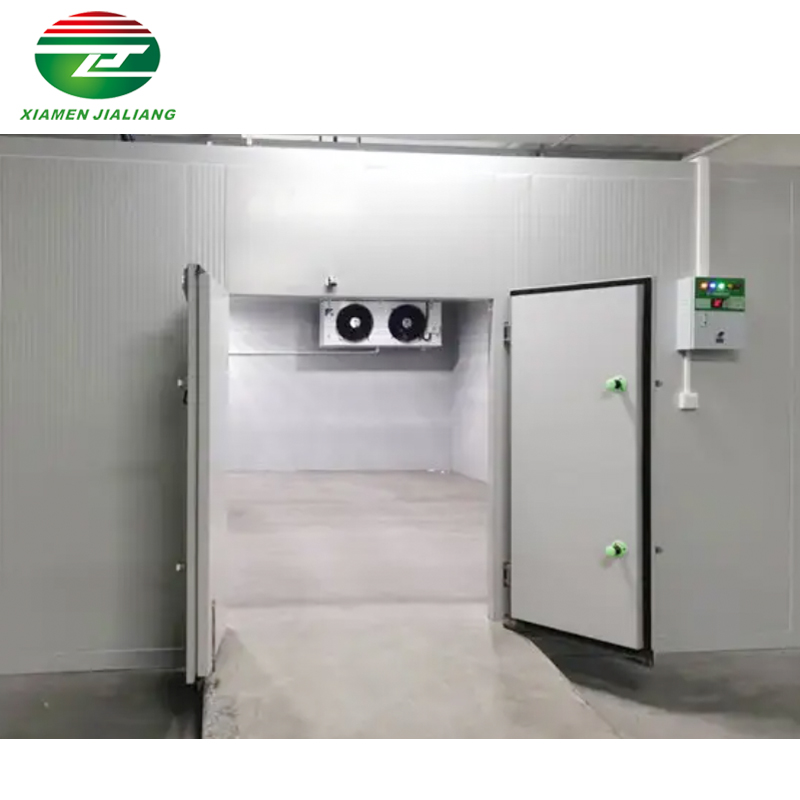What do you wear in a cold house?

Introduction
Working or spending time in a cold room environment requires special consideration when dressing. Our cold room facilities present unique challenges in terms of safety and comfort. In this article, we will explore effective dressing strategies for cold rooms, as well as the essential clothing and gear to ensure safety and comfort in these environments. After reading this article, you will have the knowledge and skills you need to stay comfortable and warm in a cold house.
Understanding Temperature
Understanding temperature is vital in all aspects of our daily lives. From weather forecasts to maintaining ideal storage conditions for perishable items, temperature plays a vital role. One specific area where temperature control is crucial is in cold rooms.
Cold rooms are specialized storage areas designed to maintain a specific low temperature. These rooms are often used in industries such as food and pharmaceuticals where a cold environment needs to be maintained in order to guarantee the quality and safety of the product. Understanding the temperature of cold rooms is essential for efficient operations and prevention of any potential risks.
In a cold room, the temperature is carefully regulated to ensure it remains within a specific range. This range is usually set to keep the stored items at an optimal temperature, preventing spoilage, bacterial growth, or any other harmful effects. Monitoring and controlling the temperature of a cold room is done using an advanced system that constantly measures and adjusts the temperature as needed.
Understanding the Importance of Temperature in a cold room is more than just storage. It also plays a major role in energy efficiency. By accurately monitoring and controlling the temperature, businesses can optimize energy consumption and reduce unnecessary costs. This is especially important in large-scale operations where multiple cold rooms are used as significant energy savings can be achieved.
Maintaining the ideal temperature in a cold room involves a variety of factors. Insulation is essential to prevent heat transfer from the surrounding environment, ensuring that the cold room remains at the desired temperature. Additionally, proper ventilation and air circulation systems are essential to evenly distribute the cold air and prevent temperature fluctuations within the room.
These frigid temperatures are necessary to preserve perishable goods but present challenges when it comes to proper packaging. Cold temperatures in cold rooms can cause discomfort, reduced mobility, and even health risks if proper precautions are not taken.
Dressing Strategically for Safety and Comfort
Dressing strategically in a cold room is essential to ensure safety and comfort. Consider the following tips:
1. Layering: Layering is key in a cold room environment. Start with a moisture-wicking base layer to prevent sweat from contacting your skin. Add an insulating layer, such as a fleece or thermal jacket. Finally, wear a windproof and waterproof outer layer to protect against drafts and moisture.
2. Safety Gear: In addition to staying warm, safety is a top priority in a cold room environment. Wear appropriate safety gear, including a high-visibility vest, steel-toed boots, and safety glasses to protect against potential hazards.
3. Insulated Gloves: Protect your hands from the cold by wearing insulated gloves. Look for gloves that are both warm and flexible, allowing you to perform tasks comfortably while maintaining a good grip.
4. Headwear and Ear Protection: Heat loss from the head is high, so wear a warm hat or beanie to retain body heat. Also, consider earmuffs or ear warmers to protect your ears from the cold.
Essential Clothing and Gear for Cold Room Environments
Certain clothing and gear are essential for working in a cold room environment. Here are some of the must-haves:
1. Thermal Coveralls or Work Clothes: Thermal coveralls or work clothes are designed specifically for cold environments. Look for options that are insulated, waterproof, and easy to move around in. Make sure they meet relevant safety standards for your specific work environment.
2. Thermal underwear: Purchase thermal underwear made from insulating materials such as merino wool or synthetic fibers. These underwear provide an extra layer of insulation and help retain body heat.
3. Thermal boots: Choose thermal boots with good traction and insulation to keep your feet warm and protected. Cold Room. Make sure they are designed for the specific work environment and offer adequate safety features.
4. Face mask or balaclava: In extremely cold temperatures, covering your face can help prevent frostbite and provide additional warmth. Use a face mask or balaclava made from insulating and breathable materials.
5. Hand and foot warmers: For extra warmth, consider using disposable hand and foot warmers. These small heat packs can be placed inside gloves and boots to provide continuous warmth throughout your shift.
Conclusion
When working in a cold room environment, it is essential to dress carefully for safety and comfort. By following the above tips, such as dressing in layers, wearing safety gear, and using insulated gloves and boots, you can protect yourself from the cold while staying safe. Also, purchase necessary clothing and gear, such as thermal work clothes, thermal underwear, masks, or balaclavas to stay warm and comfortable during your stay in a cold room. Prioritize safety and warmth to create an efficient and safe working environment in a cold room facility.

